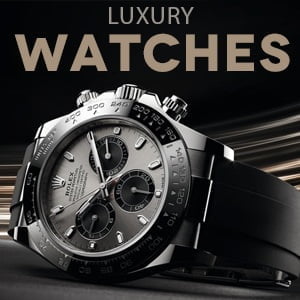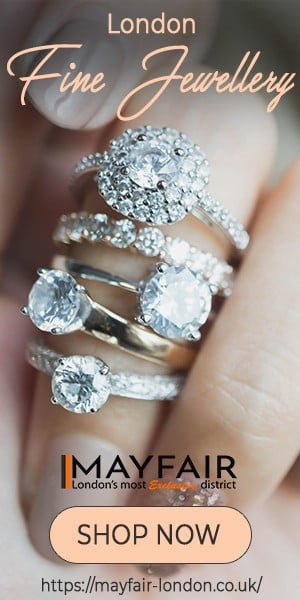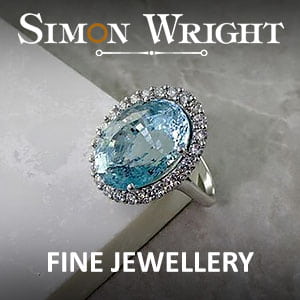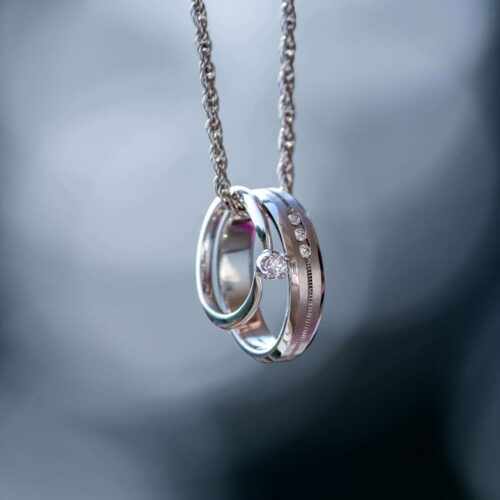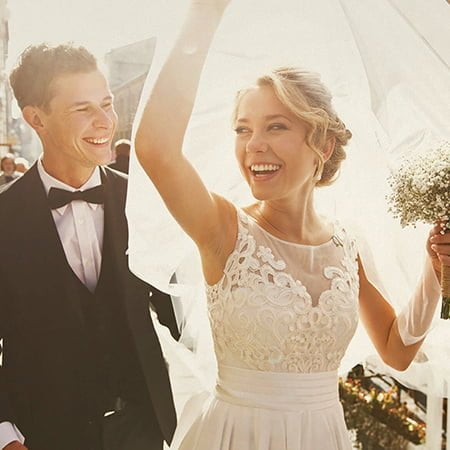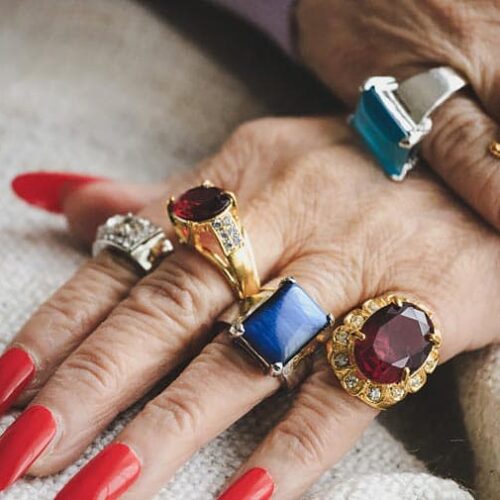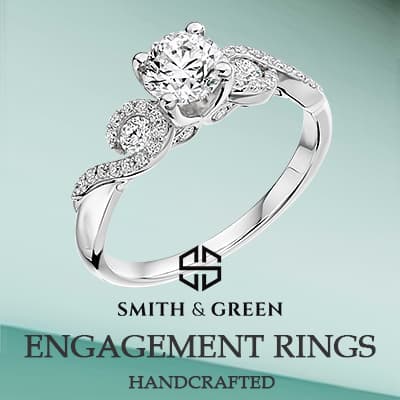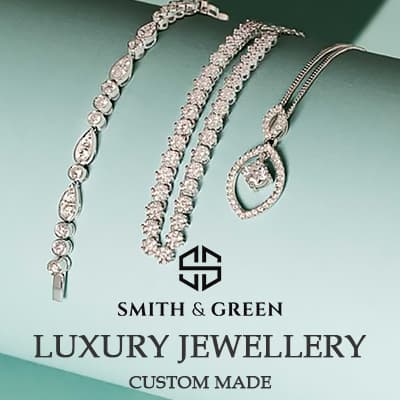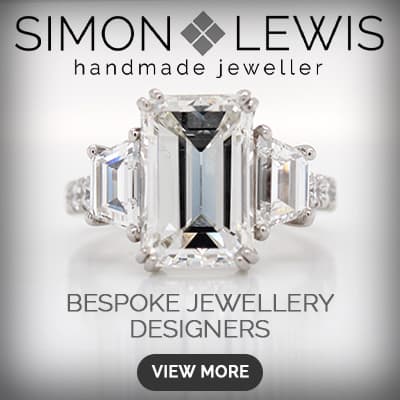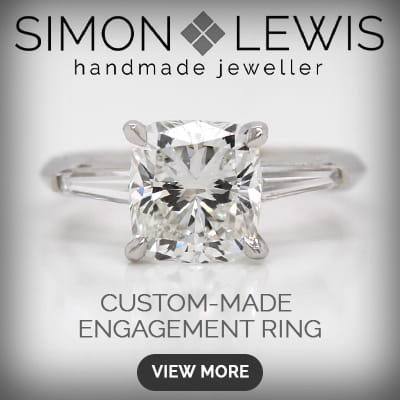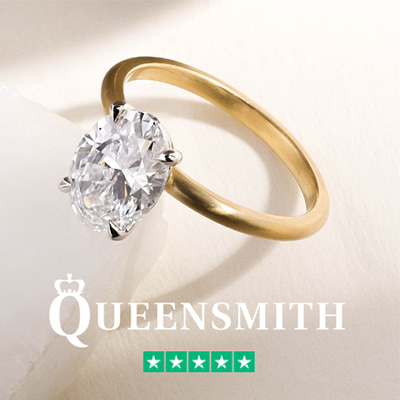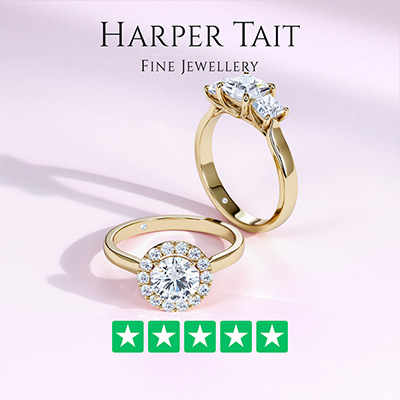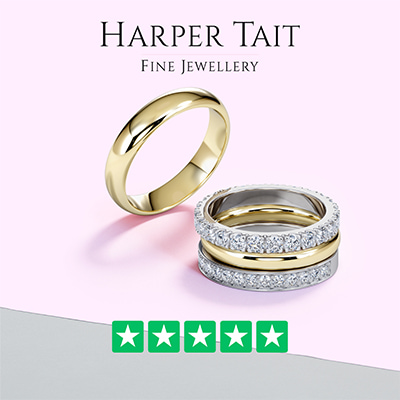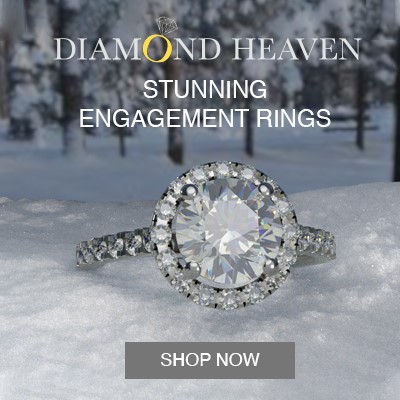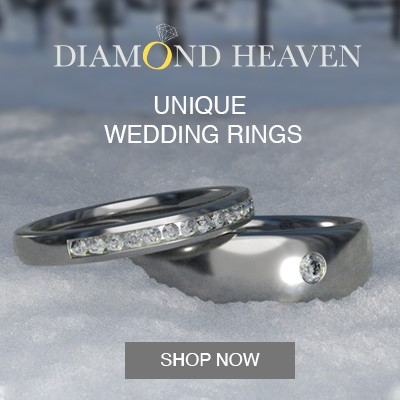So, you’re thinking about buying a diamond for an engagement ring, an anniversary, a big birthday, or maybe just to treat yourself? No matter the reason, there are a couple of things you need to keep in mind before making this big decision. First, buying a diamond tends to be a relatively large investment, so you must cover all your bases to get the stone you feel good about and love looking at.
If you’re confused about where to start, you’re in luck! This article will take you through the 7 things you must know before buying a diamond.
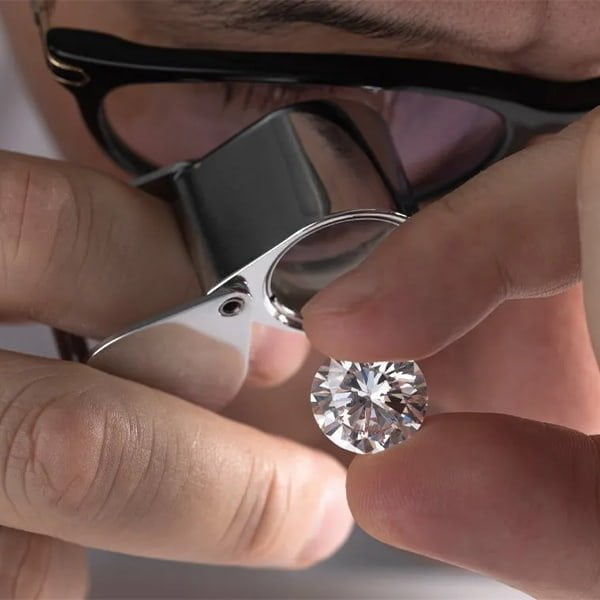
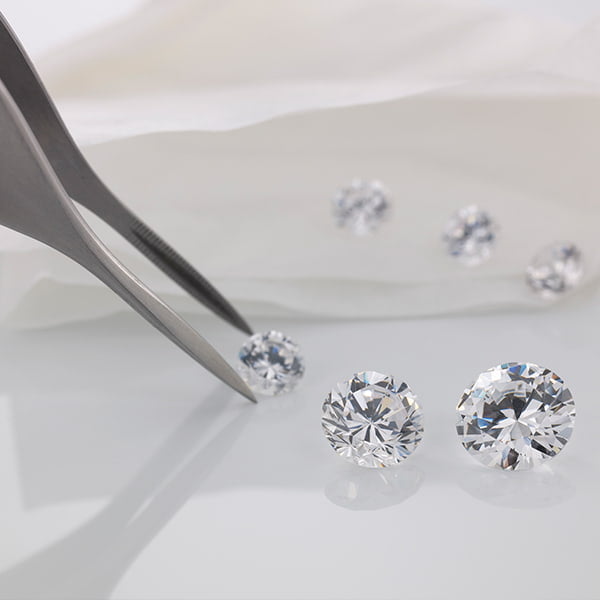
Check the 4Cs
But what does the 4Cs stand for cut, clarity, color, and carat? These are the absolute basics about the value and quality of diamonds. Read below to know in detail about the 4Cs.
Cut refers to the diamond’s proportion and how it will sparkle. A well-cut diamond will be more brilliant (meaning it’ll reflect light better) and be a pleasure to look at!
Clarity stands for the diamond’s clarity in terms of flaws or blemishes. The less perfect a diamond is, the lower its clarity grade and value.
Color means the absence or presence of color in a diamond. Some colors, like yellow, have vast saturation ranges, while colors like red and blue are more limited on this front.
Carat is the weight measurement for a diamond. One carat is equal to 0.2 grams; the bigger the diamond, the larger its carat size and the rarer and more expensive it will be.
When you know about these four basic starting points, you will make an informed choice about buying a diamond that’s good for your pocket and your preferences. So, remember always to check the 4Cs before you invest in your gem!
Diamond Shape
You must have seen plenty of celebrity engagement rings with differently-shaped diamonds bringing a different type of look to each piece. The shape of the diamond reflects a lot when it comes to the accessory it’s used for, aesthetically speaking. The most popular shapes are round, oval, emerald, cushion, princess and pear, amongst many others.
The round shape is forever a favorite with its brilliant sparkle and classic elegance. Emerald-cut diamonds have a rectangular form with long facets that create an illusion similar to a hall of mirrors. Princess-cut diamonds are squarish or rectangular with sparkly facets that appear on the surface. Pear-shaped diamonds are pointy at the top, rounded at the bottom, and elegant. Cushion-cut diamonds ooze vintage romance with their rounded corners and pillowy form. Oval diamonds are all the rage now, gracing the hands of many engaged celebrities and adding a beautiful, long look to all rings. Other shapes include marquise and asscher.
The shape of the diamond is largely a personal preference that relates to your style, taste and the setting in which it will be placed.
Cut Quality
As mentioned above, a diamond cut is one of the most critical factors in a diamond. A well-cut diamond will have the ideal proportions, symmetry and angles that maximize the light that enters and sparkles back out. Conversely, a poorly cut diamond will leak light from the sides of the base and have a dullness to it.
There is a grading system for cut quality, ranging from an excellent cut to a poor cut. Cut quality is so important when it comes to diamond shopping that it usually influences the value of the diamond more than carat, color and clarity.
Carat Weight
As said earlier, a carat is a diamond measurement unit. Carat weight is a factor that will significantly influence the amount of money you will spend on your stone. The heavier or larger the diamond, the more expensive it will be. That’s why it’s one of the things you must consider carefully before buying your diamond. Although a bigger diamond might seem like a better option to you, it’s important to remember that a smaller diamond with a better cut, color and clarity will likely look much nicer than a large one.
Simple Color
An easy way to get the gist of color in diamonds is by referring to a color scale that goes from D (colorless) to Z (light yellow or brown). D-F diamonds are considered to be colorless and have the highest value since they allow for the most amount of light to enter and reflect out. G-J are almost colorless and are still up there in terms of quality. K-Z diamonds have a visible yellow or brown tint that impacts their overall value. That said, the color scale is just one aspect of a diamond. The presence of specific colors like pink and blue are rare and make the diamond even more valuable.
Ring Style
While the diamond might be the centerpiece of your ring, the setting and style are the essential supporting acts that affect the overall look of your beautiful accessory. From the metal to the placement of the prongs, there are several design options to match your tastes.
Certification
This one is an absolute must. You should check whether your diamond comes with a seller’s certificate. It’s most prudent to get a certificate from the top grading laboratories like GIA or IGI.
Bottomline
Your diamond is an investment, so treating it like one is the wisest. So do your homework to buy a diamond that will truly last forever.


